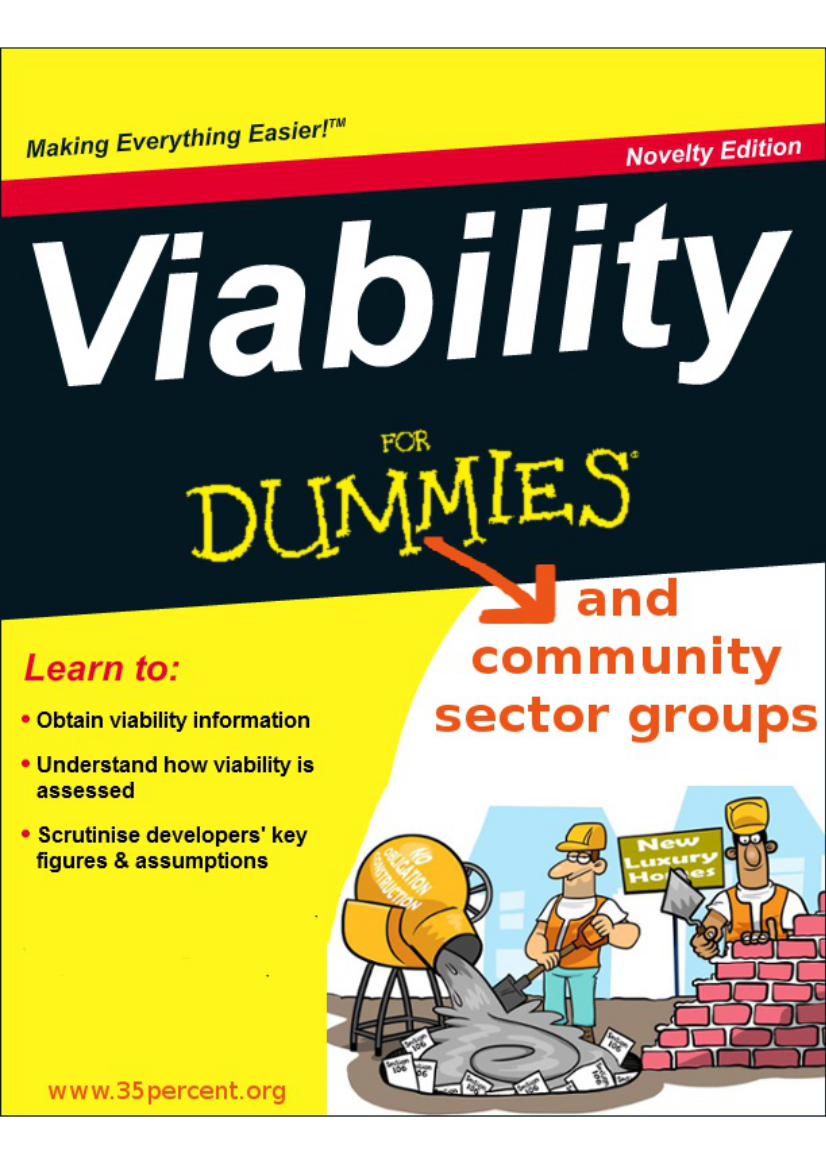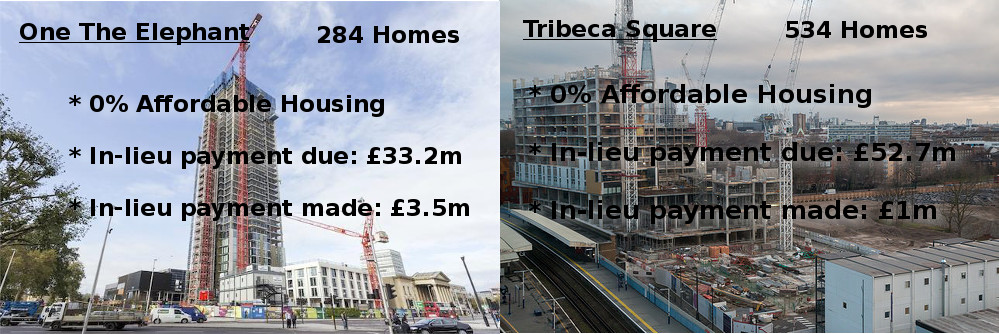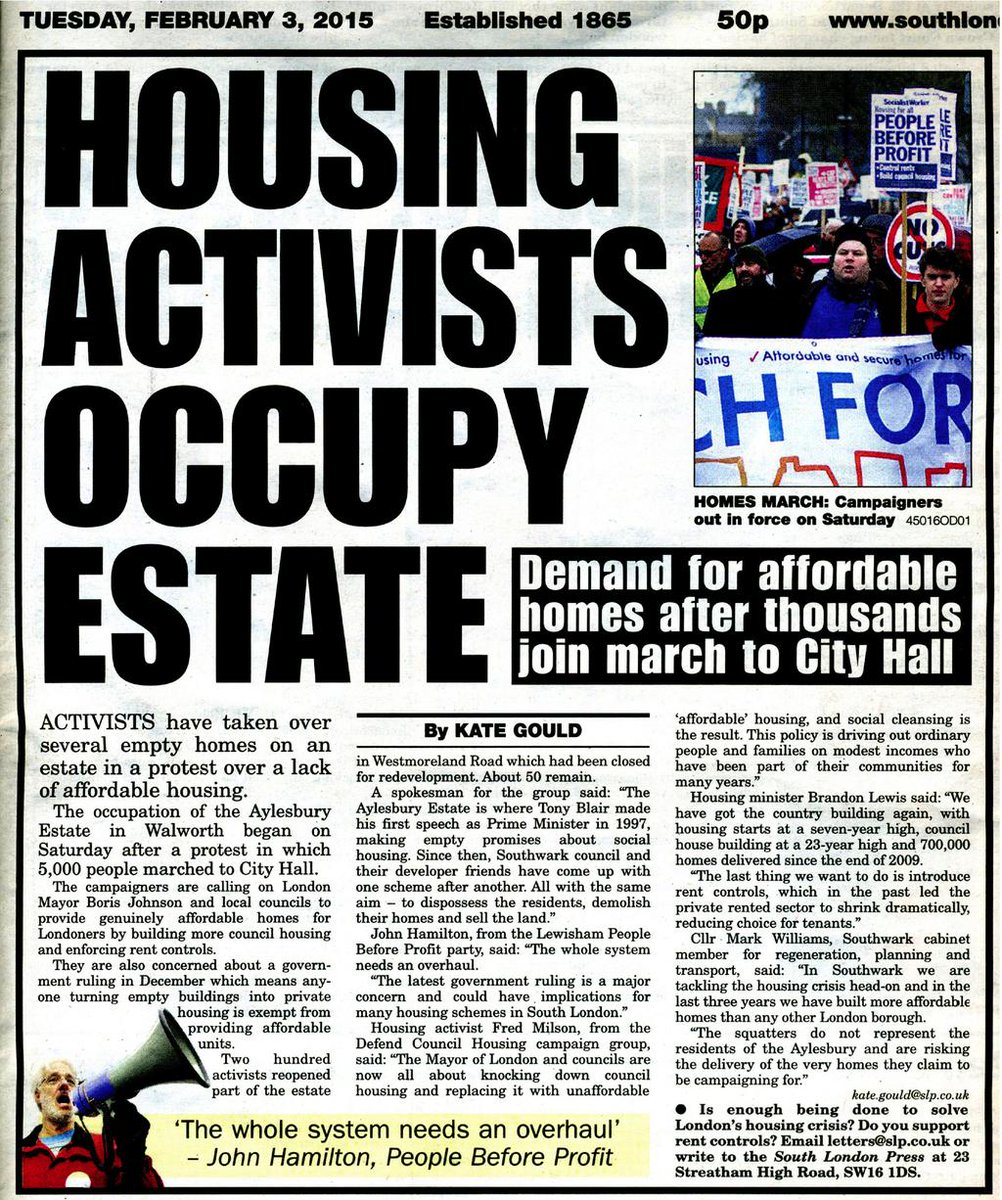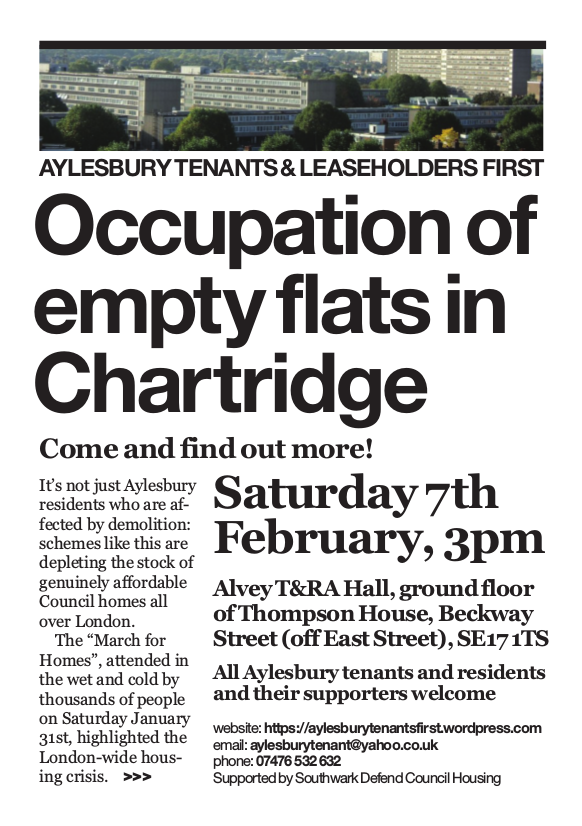 We reported last year how a residents group in Greenwich had followed our lead and requested the viability assessments justifying decisions to reduce affordable housing in the £5bn Greenwich Peninsula redevelopment. Similar to our request for the Heygate figures, Greenwich residents had won the support of the Information Commissioner but were then taken to appeal by the Council and developer Knight Dragon. We put them in touch with our legal friends at Leigh Day & Monckton Chambers and expert witness Dr Colenutt who helped the campaigners take on the Council & developer’s barristers at an Information Tribunal hearing in October last year.
We reported last year how a residents group in Greenwich had followed our lead and requested the viability assessments justifying decisions to reduce affordable housing in the £5bn Greenwich Peninsula redevelopment. Similar to our request for the Heygate figures, Greenwich residents had won the support of the Information Commissioner but were then taken to appeal by the Council and developer Knight Dragon. We put them in touch with our legal friends at Leigh Day & Monckton Chambers and expert witness Dr Colenutt who helped the campaigners take on the Council & developer’s barristers at an Information Tribunal hearing in October last year.
After a two month wait, the Tribunal issued its decision notice earlier this week. The decision was conclusive and damning; it rejected the Council’s arguments and pointed out that councillors on Greenwich’s planning committee had no more information about the viability figures than did the general public. Hong Kong developer Knight Frank’s arguments about commercial confidentiality were also given short shrift by the Judge “This is a case where a company, robust enough to take on the development of a huge site over a period of 20 years.. immediately asks to be relieved of a planning obligation freely negotiated by its predecessor. It justifies this change on the basis of a downturn in house prices it knew about at the time of purchase, using a valuation model that looks at current values only and does not allow for change in the many factors that may affect a valuation over time. It seems to us that in those circumstances the public interest in openness about the figures is very strong.”
In contrast to the Heygate decision where developer Lend Lease was allowed to withhold its financial model in appendix 22 of the assessment, the Greenwich decision took a much tougher line: ‘once it is accepted that the EIR regulations apply, it is necessary to apply them in their full rigour. There is no room for an “EIR lite” approach’ (para. 24)
There are more details about the Greenwich decision on the 853 blog.
Viability for dummies
 In terms of EIR case law, there was still some doubt following the Heygate decision about exactly what developers are allowed to withhold, especially in light of the ongoing legal battle over the interpretation of the Heygate decision notice. The Greenwich decision appears to have addressed that ambiguity and provided a clear steer as to what exactly is subject to disclosure - everything.
In terms of EIR case law, there was still some doubt following the Heygate decision about exactly what developers are allowed to withhold, especially in light of the ongoing legal battle over the interpretation of the Heygate decision notice. The Greenwich decision appears to have addressed that ambiguity and provided a clear steer as to what exactly is subject to disclosure - everything.
This should now clear the path for other community groups to obtain viability information and participate more meaningfully in planning issues.
In an attempt to help them do so, we have drafted a ‘dummies’ guide to viability, part 1 of which explains how to obtain viability information using EIR requests.
Heygate Tribunal battle continues
The ongoing battle over the interpretation of the Tribunal’s May 2014 decision notice continues. The decision allowed Lend Lease to withhold its financial development model projections on retail and office floorspace. The notice ordered the parties to get together and agree on dividing up the information for disclosure along those lines. It acknowledged that there may be ‘grey areas’ and stated that if parties are unable to reach agreement then it will reconvene to settle the argument. After many months of stalling and heel dragging by Southwark and Lend Lease, the Tribunal reconvened partially in October and was due to reconvene for a full hearing on 11th Dec last year. But Lend Lease’s Commercial Director was unable to attend so the hearing was postponed. The hearing was finally able to take place on 21st January when parties made their arguments on how the information should be divided up according to the Tribunal’s May 2014 decision.
During the hearing Lend Lease’s counsel argued that protecting its financial model in appendix 22, also extended to protecting the inputs and outputs to the model found elsewhere in the report and its appendices. Mr Glasspool’s counsel pointed out that the inputs and outputs did not form ‘part of the model’ and would not expose the model’s underlying formulas that Lend Lease had so vehemently argued were its ‘trade secret’.
The Tribunal is expected to issue a decision notice detailing exactly which information can be withheld some time in the next few weeks.
Southwark joins 35% campaign
Southwark Council issued a press statement earlier this week entitled “Southwark Council slams plans to reduce affordable housing contributions.” The statement says it “has hit out at government plans to allow developers to reduce affordable housing contributions” . It is referring to the governments new ‘vacant building credit’, which is said to cut back even further the amount of affordable housing delivered through planning gain.
Much as we applaud Southwark’s sentiment, we point out that it first needs to sort out its problem of allowing developers to get away with avoiding affordable housing by viability assessments. Two such examples are these developments currently under construction at the Elephant, both of which are being built on land sold to developers by the Council. Thanks to Southwark’s failure to question the viability assessments submitted at planning, neither of these will provide any affordable housing and the payments in-lieu are a fraction of what they should have been according to Southwark’s in-lieu tariff.

You can read more detailed info about the Tribeca Square development here and One The Elephant here.
Aylesbury Occupied
 Housing activists have occupied empty homes on the Aylesbury estate. The activists took up occupation directly following last weekend’s March for Homes and are protesting at the failure to address London’s growing housing crisis.
Housing activists have occupied empty homes on the Aylesbury estate. The activists took up occupation directly following last weekend’s March for Homes and are protesting at the failure to address London’s growing housing crisis.
In an interview with Inside Housing, Councillor Williams, Southwark’s Cabinet member for Regeneration claimed that the protesters “are risking the delivery of the very homes they claim to be campaigning for.” He went on to explain that “The scheme will be 50% affordable, with 75% of these rented and 25% for shared ownership.” We are unsurprised to note the semantic subtlety of Cllr Williams’ omitting to use either the word ‘social’ or ‘affordable’ in conjunction with the word ‘rented’.
 Cllr Williams also claims that the protestors don’t represent the Aylesbury residents, but this flyer suggests that at least one tenants group on the estate disagrees.
Cllr Williams also claims that the protestors don’t represent the Aylesbury residents, but this flyer suggests that at least one tenants group on the estate disagrees.
The Aylesbury occupiers have set up a website for their campaign http://fightfortheaylesbury.wordpress.com and Twitter account: @OccupyAylesbury
Concrete Heartland
Concrete Heartland, a film about the Heygate regeneration by Steven Ball and Rastko Novaković has now been released online. Following a number of screenings last year, it has now been uploaded for popular consumption and can be viewed online at http://concreteheartland.info
Assembled from 12 years of archive materials, the film charts the struggles of the local community to keep their homes, stay living in the area and maintain communal benefits in the face of the advance of this now notorious ‘urban redevelopment programme’.
West Hendon estate
BBC’s The One Show featured a piece on the West Hendon estate on Monday. Due to the notorius viability arguments, residents there are being forced out of the area after developers Barratt argued that it was no longer possible to rehouse them in the new development. The story sounds all too familiar to us down here in Southwark.
Affordable housing tenants excluded from communal gardens
 Southwark’s planning committee has agreed to a variation in planning conditions for the One Tower Bridge development, to prevent affordable housing tenants being able to use the communal garden available to private residents. Simon Bevan, Southwark’s director of planning, told the planning committee that the exclusion of social tenants from the garden was “not seen as any significant restriction on how they enjoy their property”.
Southwark’s planning committee has agreed to a variation in planning conditions for the One Tower Bridge development, to prevent affordable housing tenants being able to use the communal garden available to private residents. Simon Bevan, Southwark’s director of planning, told the planning committee that the exclusion of social tenants from the garden was “not seen as any significant restriction on how they enjoy their property”.
